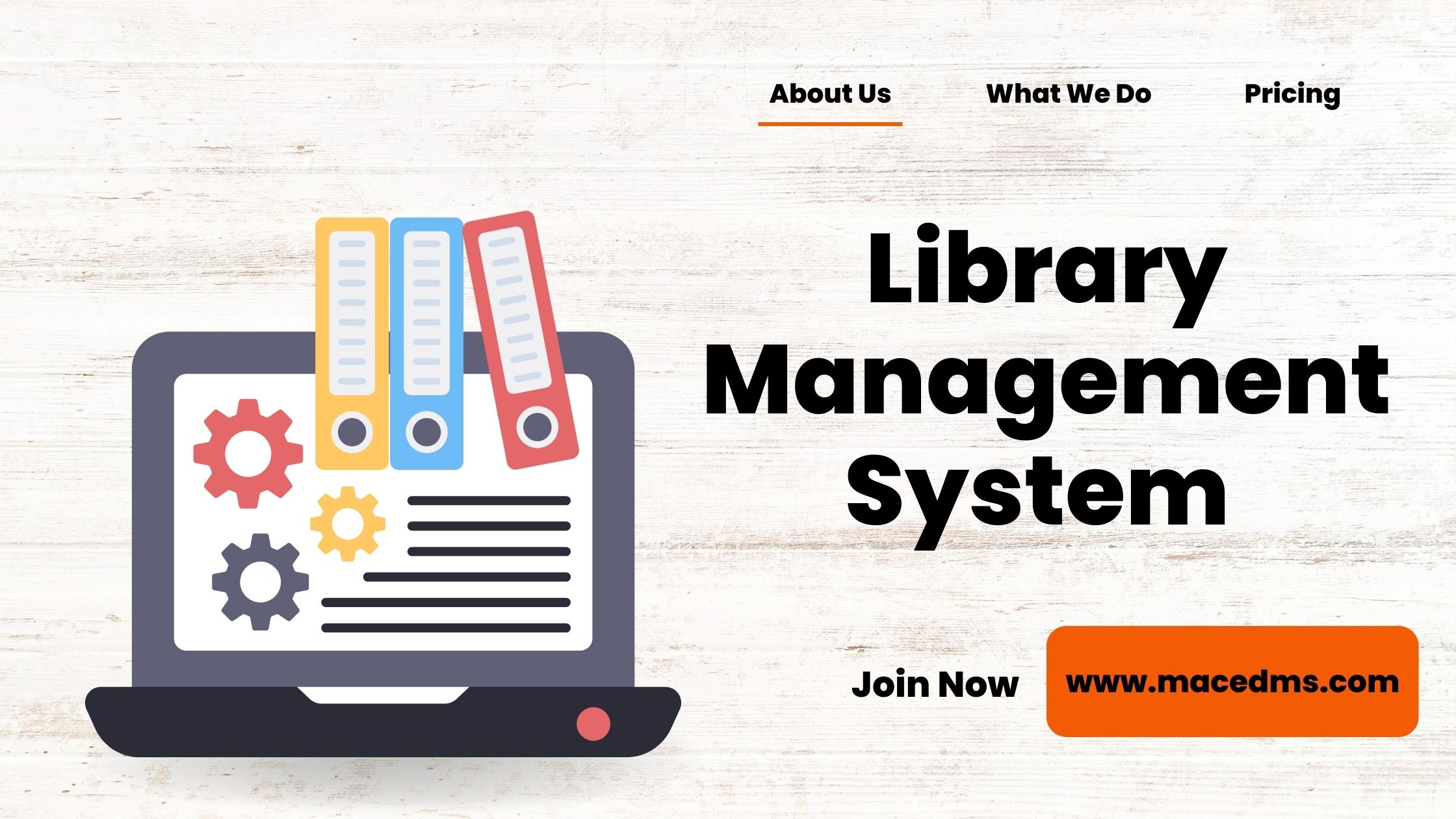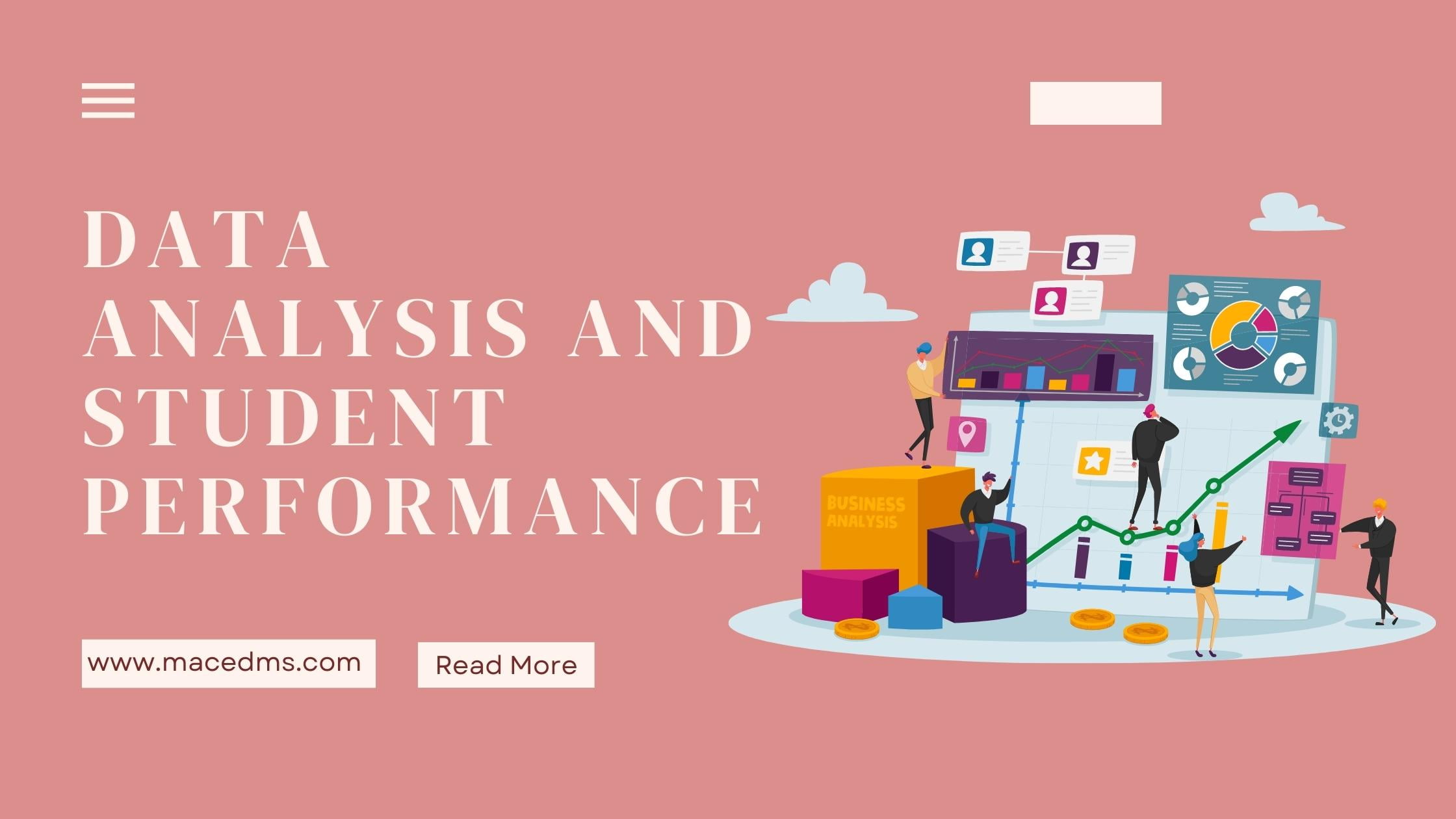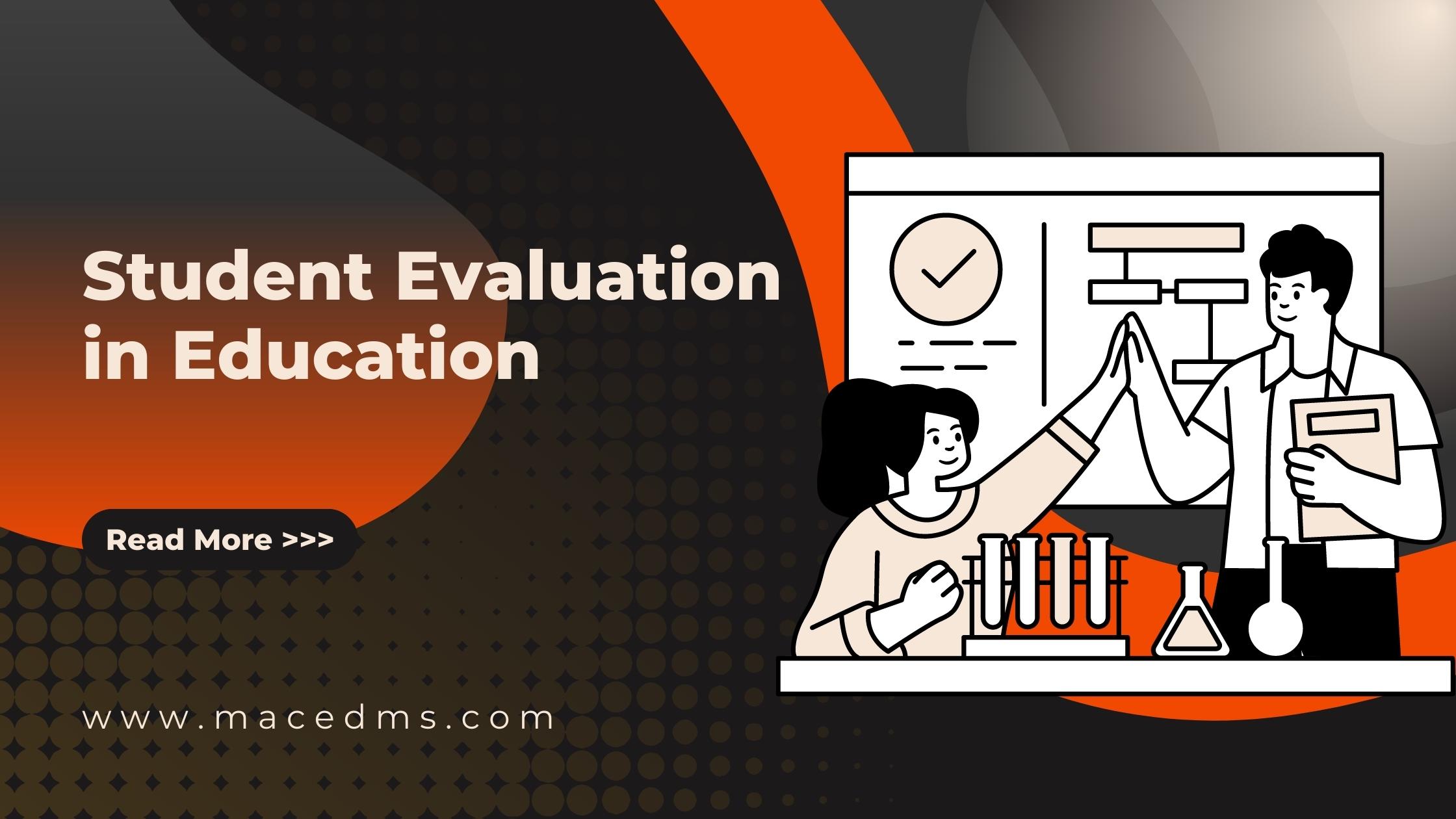
Library Management
We have always heard that books are our best friends and they play an imperial role in the educational industry. Due to which the importance of libraries is considered vast. Library can be considered as the brain of an education institute that strives to increase the education standards by providing an ample amount of resources.



